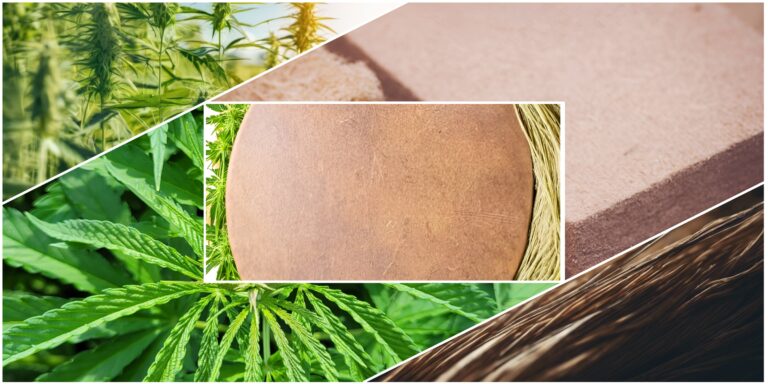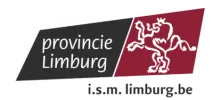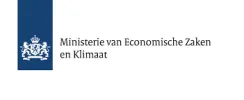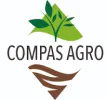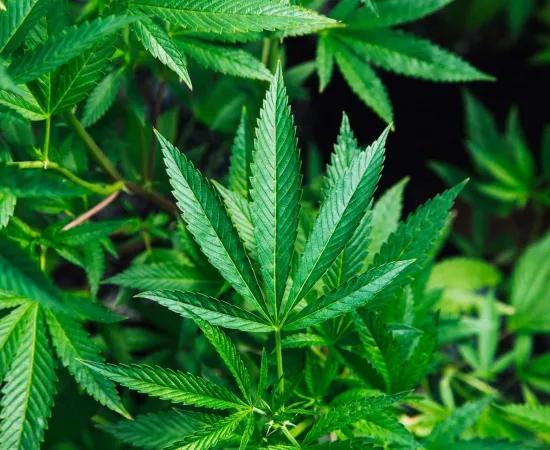
Hemp2Comp | Hemp fibre composites
A local value chain from farmer to product
The Hemp2Comp project (‘Hemp-to-composites’) aims to promote the use of hemp fibre in composites and to develop a local value chain around it in the Flemish-Dutch border region. The local value chain will be strengthened, with the project investigating hemp cultivation, the use of bioresins, production processes for composites and end-of-life solutions.
A demo batch of at least five end products will be produced. The project will provide analysis and guidance in relation to these end products, showing how the maximum potential can be achieved in a circular economy, including a GWP (global warming potential) analysis.
Context
With the Hemp2Comp project, the Flemish-Dutch border region aims to establish a local hemp fibre value chain. Hemp is, together with flax, among the natural fibre crops with the highest stiffness and strength. Hemp fibre therefore has the potential to be used in structural materials. It is a sustainable substitute for synthetic materials due to CO2 uptake during the plant’s growth and CO2 capture during the material’s long lifespan. Moreover, hemp cultivation helps to clean up soils with PFAS/PFOS contamination.
Hemp2Comp starts with the basics: test fields where hemp will be grown and methods for processing it into a usable material. The project then plans to replace products currently made of synthetic materials with hemp fibre composite products with a lower environmental impact. The aim is to develop at least five new biocomposite products made of locally grown hemp and bioresin, ranging from an acoustic panel and a window profile to a coffin. The project places great emphasis on cooperation and knowledge-sharing between all sectors involved in the value chain, from hemp cultivation through to finished product.
Goals
- Setting up a fibre hemp test field operation. The focus here is on cultivation research and opportunities on loam and sandy soils in Belgian Limburg, South Netherlands and the surrounding areas. Through communication (with the partners involved maintaining close contact with growers) and advice, we will try to persuade farmers to include fibre hemp in their crop rotation.
- Processing the fibre and choosing bioresins. The shives/hemp wood and short and long hemp fibres will undergo cleaning and quality analysis, with the findings being fed back to the cultivation methods stage. An analysis of suitable bioresins will also be performed.
- Evaluating the biocomposites. Both short and long fibres and a blend of fibres with wood particles will be used to make various types of semi-finished products, which will then be tested in biocomposite production techniques (pressing and infusion processes, pultrusion). A total of five parallel development pathways are planned, involving the production of a biocomposite façade panel (C-Biotech), an acoustic panel (NPSP), a coffin, a road sign and a van windscreen (Plantics), a bicycle parking facility (VVP), a traffic bollard (C-Biotech) and a window profile (Deceuninck).
- Developing a demo batch and embedding the value chain. A demo batch of at least five products will be produced. During the development of the products, analysis and guidance will be organised to show how the maximum potential can be achieved in a circular economy, including GWP (global warming potential) analysis.
Interested in being involved in monitoring this project through an annual meeting of the focus group?

